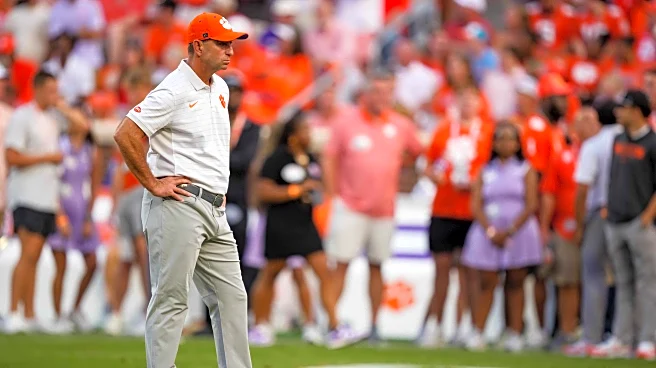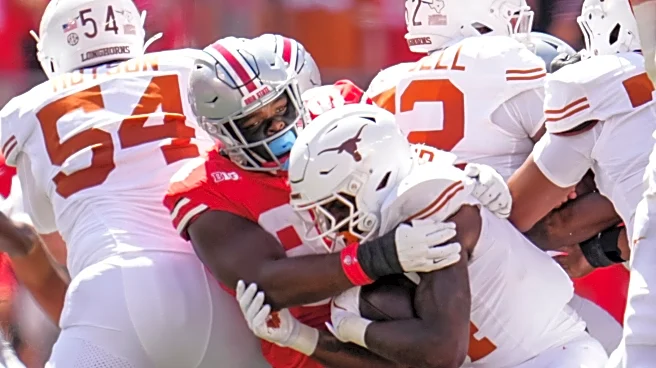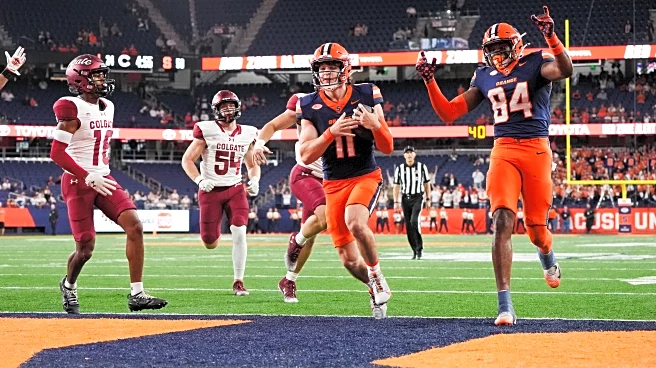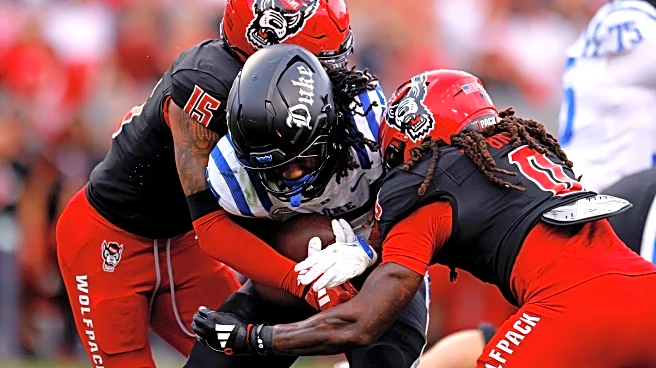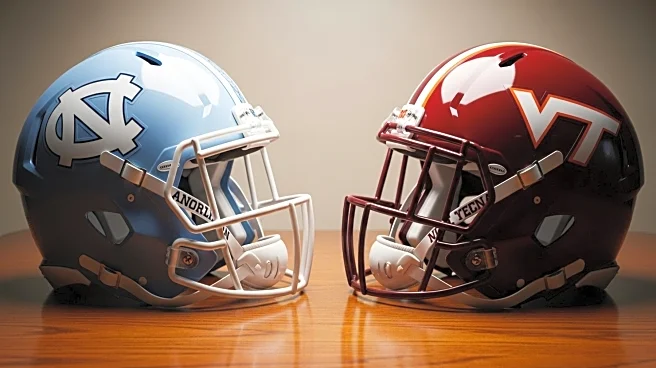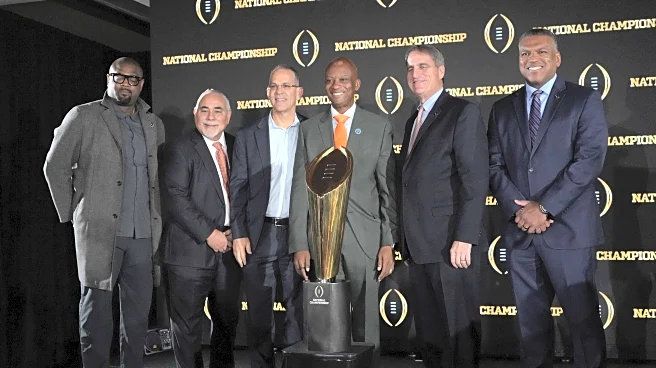What's Happening?
Several college football programs, including UCLA and Virginia Tech, are grappling with financial constraints that impact their ability to compete at a high level. UCLA's financial issues have been well-documented, leading to challenges in maintaining a competitive football program. Virginia Tech, despite its historical success, has struggled in recent years due to underinvestment in personnel, facilities, and NIL (Name, Image, and Likeness) opportunities. The athletic directors of these schools have acknowledged the need for increased financial commitment to contend in their respective conferences. Arkansas AD Hunter Yurachek highlighted similar challenges, noting that while the Razorbacks are set up to compete in basketball and baseball, their football program lacks the resources to win a national championship. This situation underscores the broader issue of financial investment in college sports, where spending is increasingly seen as a prerequisite for success.
Why It's Important?
The financial challenges faced by college football programs have significant implications for the sport's competitive landscape. Schools that fail to invest adequately risk falling behind in recruiting top talent and maintaining competitive teams. This can lead to a cycle of underperformance and coaching changes, further destabilizing programs. The emphasis on financial investment also raises questions about the sustainability of college sports, as schools seek new revenue streams to support their athletic programs. The situation at UCLA and Virginia Tech serves as a cautionary tale for other programs, highlighting the need for strategic financial planning to remain competitive. As college football continues to evolve, the ability to attract and retain talent through financial means will likely become increasingly important.
What's Next?
For programs like UCLA and Virginia Tech, the next steps involve reassessing their financial strategies and exploring new revenue opportunities to support their athletic ambitions. This may include enhancing NIL opportunities for athletes, improving facilities, and investing in coaching staff. The broader college football community will be watching closely to see how these programs navigate their financial challenges and whether they can successfully compete in their conferences. Additionally, other schools may take note of these challenges and proactively address their own financial strategies to avoid similar pitfalls. The ongoing discussions around revenue sharing and financial investment in college sports will continue to shape the future of the sport.




